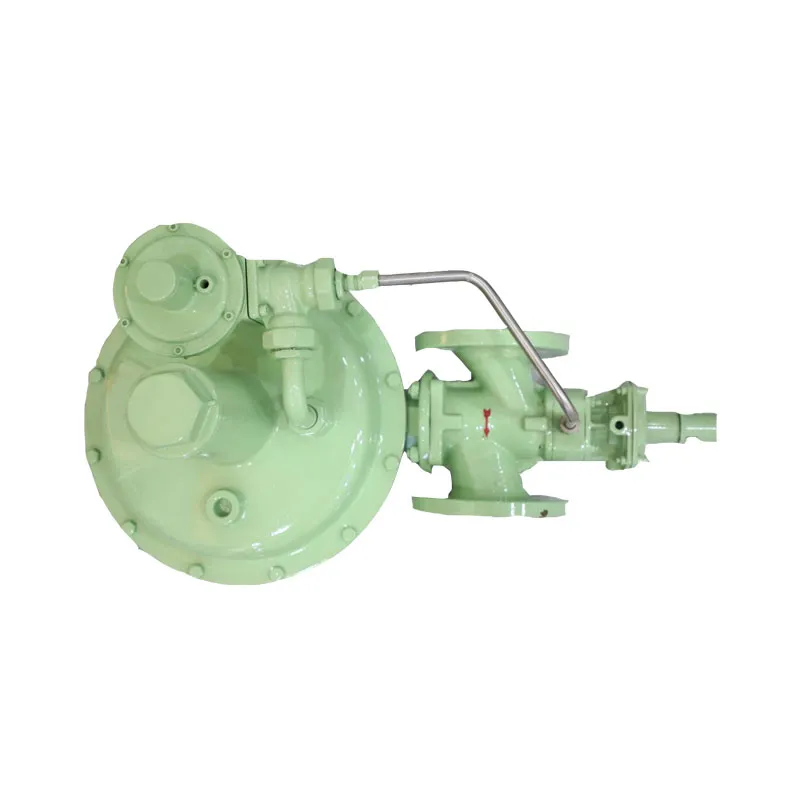
12 月 . 03, 2024 18:22
Back to list
safety relief valve
Understanding Safety Relief Valves A Critical Component in Pressure Management
Safety relief valves are essential devices used in various industrial applications to maintain safety and ensure operational efficiency. They are designed to protect equipment and personnel by releasing excess pressure from systems, preventing potential hazards such as explosions or catastrophic failures. Understanding how these valves function, their design principles, and their applications is crucial for anyone involved in industries that operate under pressure conditions.
What is a Safety Relief Valve?
A safety relief valve (SRV) is a type of pressure relief valve that automatically releases pressure from a system when it exceeds a predetermined level. This device is critical for protecting pressurized equipment such as boilers, pressure vessels, and piping systems. When the internal pressure rises beyond the safety threshold due to various factors—like thermal expansion, sudden pressure surges, or equipment failure—the valve opens to allow the excess pressure to escape, thereby preventing damage.
Types of Safety Relief Valves
There are several types of safety relief valves, each serving different applications and operating conditions
1. Spring-Loaded Safety Relief Valves These are the most common type. A spring holds the valve closed until the system pressure exceeds the spring force. At this point, the valve opens to relieve the pressure.
2. Pilot-Operated Safety Relief Valves These valves use pilot pressure to control the opening and closing of the main valve. They are often used in high-pressure applications due to their ability to operate with higher flow rates and more significant pressure fluctuations.
3. Balanced Safety Relief Valves These have a unique design that neutralizes the forces acting on the valve as pressure builds, allowing for stable operation in fluctuating pressure conditions.
How Does a Safety Relief Valve Work?
The operation of safety relief valves can generally be explained in a few steps
1. Set Pressure Each valve is rated for a specific set pressure—a predetermined pressure level at which it is designed to open.
safety relief valve

2. Pressure Build-Up When a system begins to exceed this set pressure due to heat or overpressure conditions, the valve remains closed until the internal pressure reaches the designated safe limit.
3. Valve Opening Upon reaching the set pressure, the force exerted by the pressure overcomes the spring force (or pilot pressure in the case of pilot-operated valves), causing the valve to open.
4. Pressure Relief The valve allows pressure to escape the system, which effectively reduces the internal pressure to safer levels. Once the pressure drops below a specific threshold, the valve closes again, returning to its normal state.
Importance of Safety Relief Valves
Safety relief valves are vital for several reasons
- Preventing Overpressure Situations By automatically releasing excess pressure, these valves serve as a critical line of defense against potentially dangerous situations that could lead to equipment damage or personal injury.
- Maintaining System Integrity Consistent operation of SRVs helps to maintain the overall integrity of industrial systems, ensuring that machinery functions within its specified limits and remains reliable.
- Regulatory Compliance Many industries are governed by strict regulatory standards that require the use of safety relief valves. Compliance with these regulations not only ensures safety but also protects businesses from legal liabilities.
Conclusion
In industries that involve pressurized systems, safety relief valves are indispensable. They operate silently, performing a crucial function that is often taken for granted until a failure occurs. Understanding their operation, types, and importance helps engineers and facility managers make informed decisions about their implementations and maintenance. By ensuring that safety relief valves are installed, tested, and maintained properly, companies can safeguard their operations and protect both employees and equipment from the risks associated with overpressure incidents.
In summary, the role of safety relief valves in pressure management cannot be overstated, making them a vital component in ensuring industrial safety and efficiency.
Next:
Latest news
-
Unlocking The Quality Gas Pressure ReducersNewsNov.01,2024
-
The Role of Gas Pressure Reducing StationsNewsNov.01,2024
-
The Importance and Functionality of Safety Relief ValvesNewsNov.01,2024
-
The Essential Role of Safety Valves in Natural Gas ApplicationsNewsNov.01,2024
-
The Essential Role of Gas Pressure RegulatorsNewsNov.01,2024
-
Enhance Your Premium Gas FiltersNewsNov.01,2024

